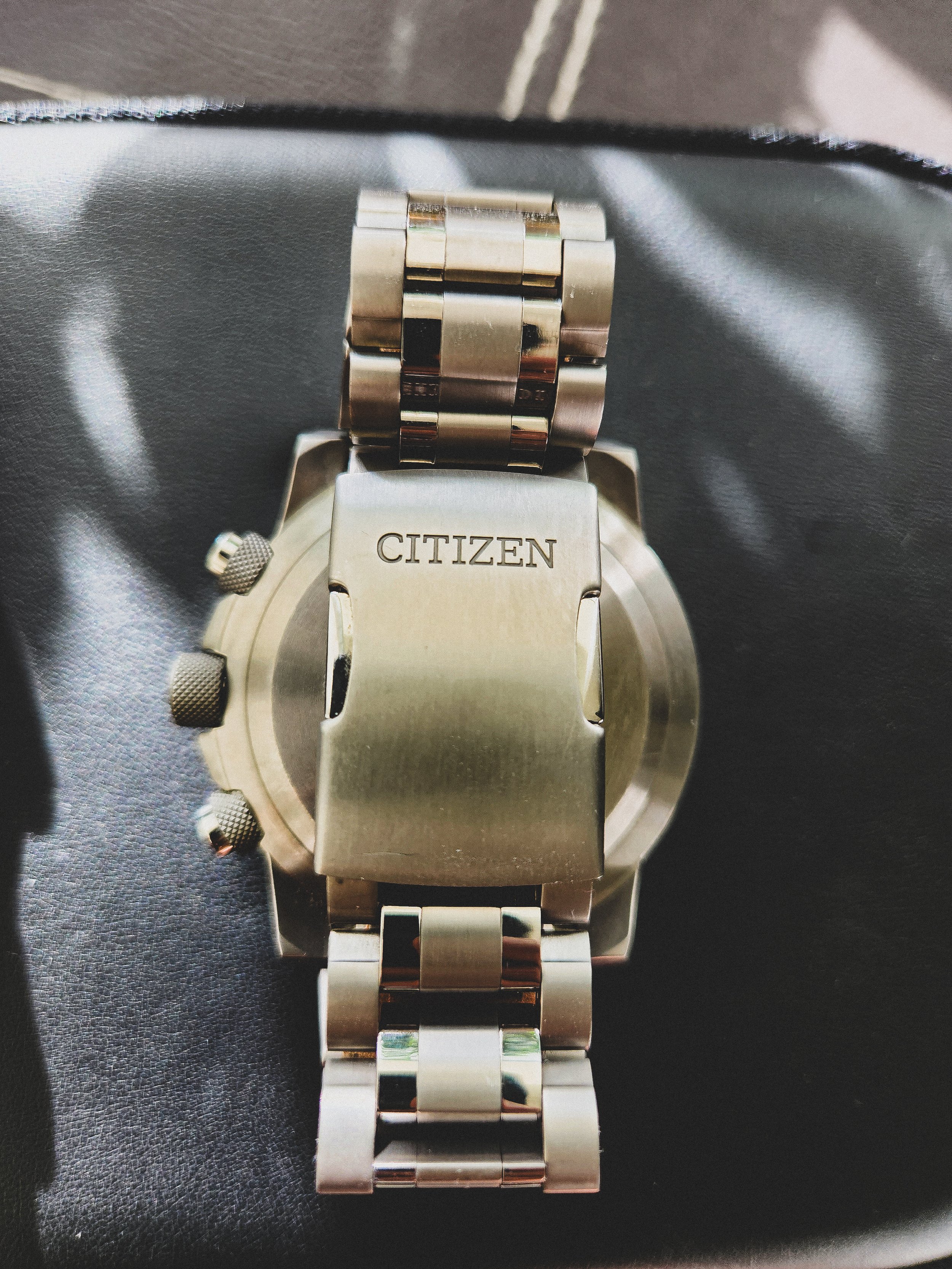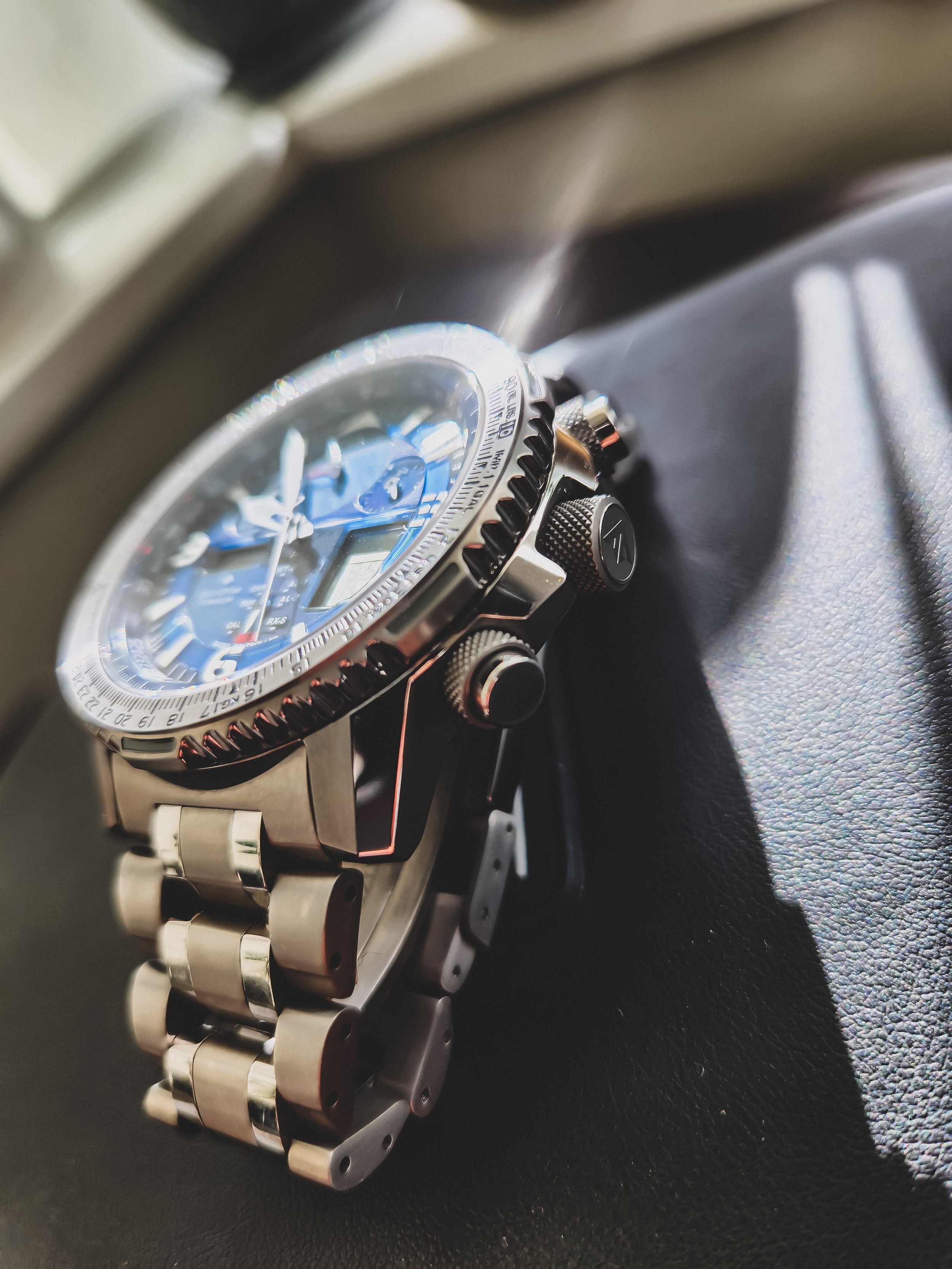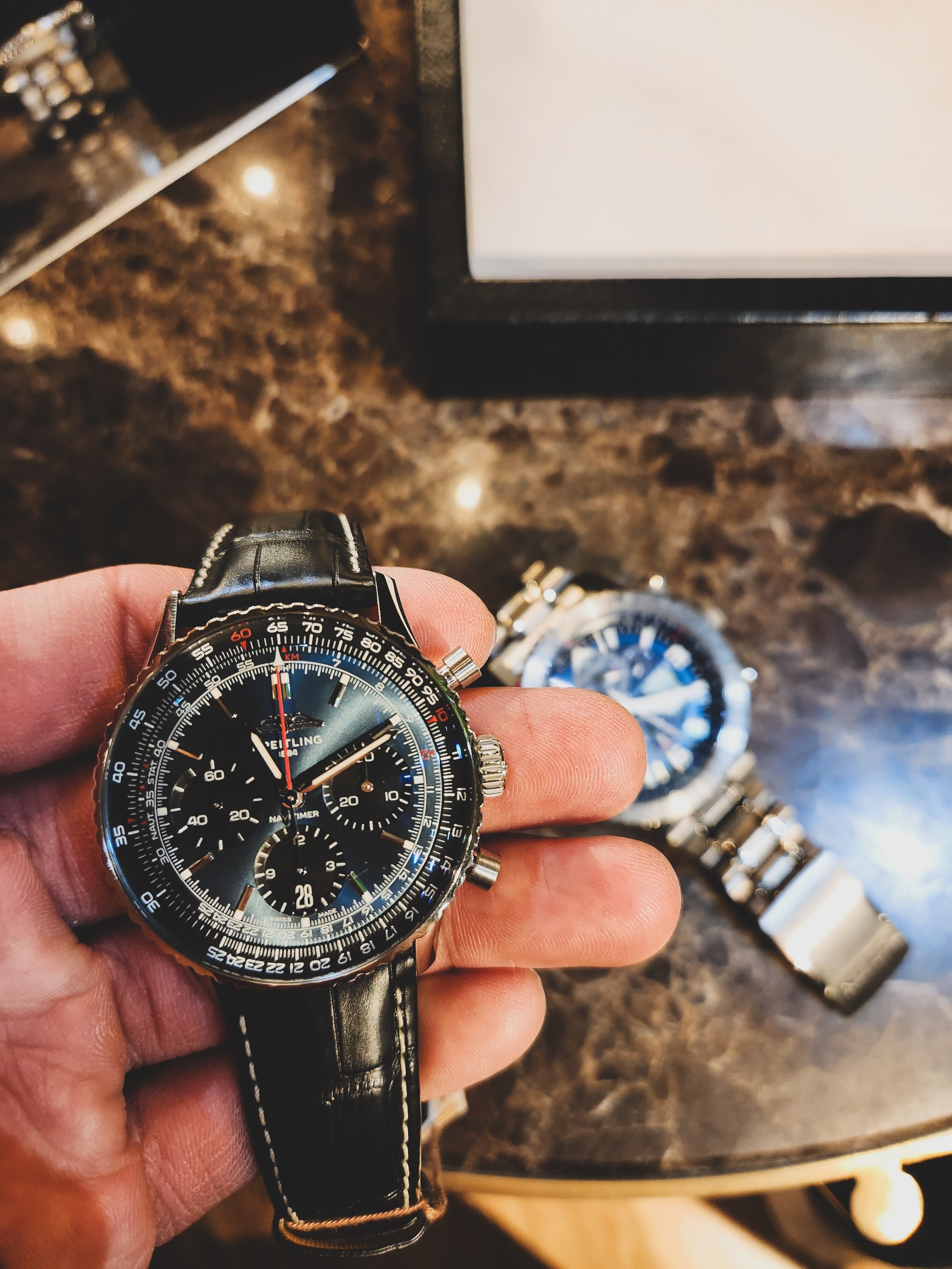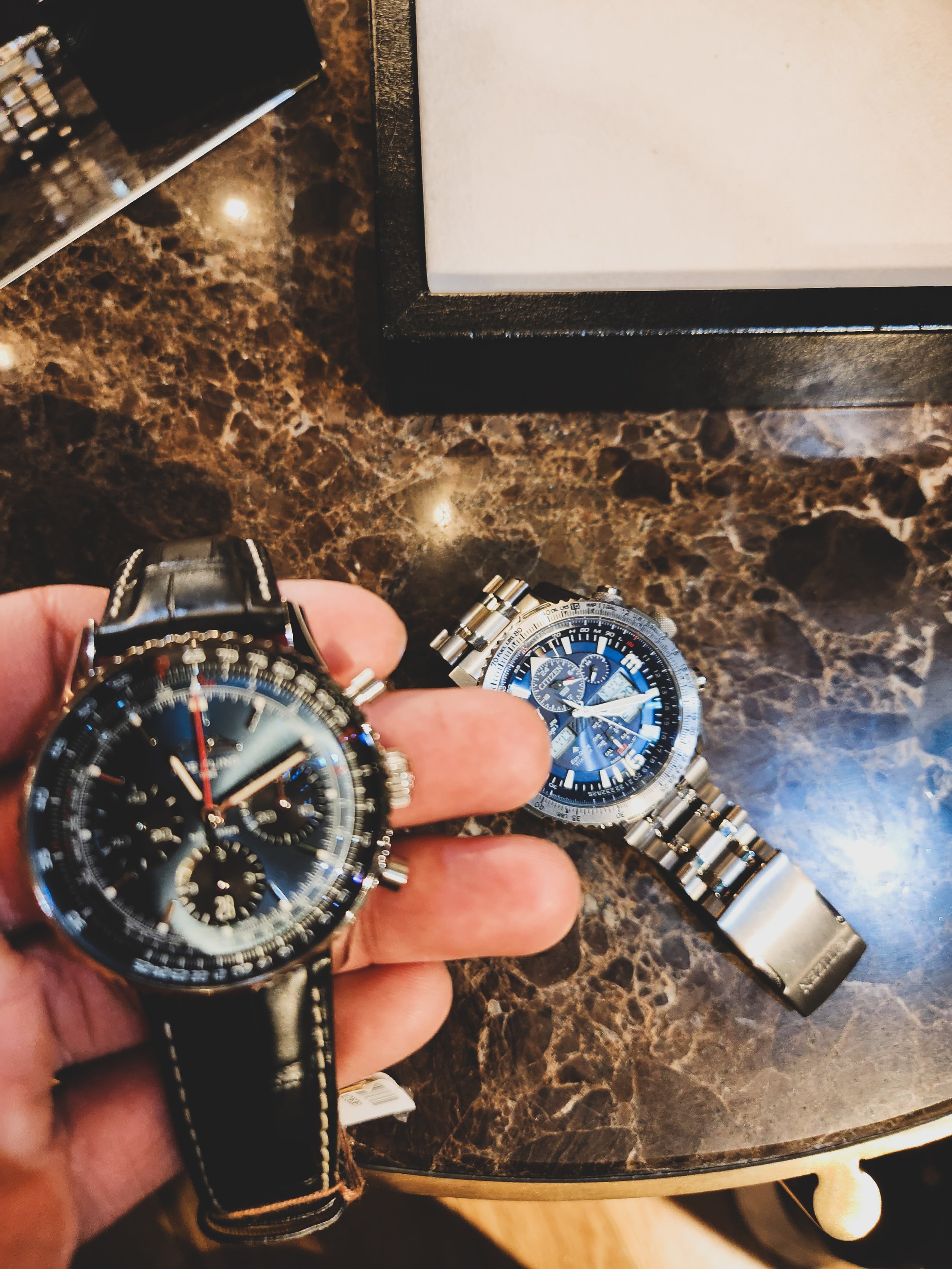Panda Dials, Rolex Divers, & Hiatus
Opium For Your Silver
Collecting vintage, microbrand, and luxury wristwatches has exponentially exploded in popularity in the previous decade. As great as it has been to have more people become members of the watch-enthusiast collective, it has also invited some exhausting elements to the sphere.
Most large communities with a passionate niche become a target for investment and exploitation. As a result of this rapid growth, the content being produced for our demographic has become more of a marketplace, an echo chamber of trends, feigned necessity, and hyperbole.
I don’t blame market leaders (Hodinkee, looking at you), content producers, or the OGs from having to make a living. It’s the nature of life and business, you either adapt or die. However, when one scrolls through videos or articles of why the new releases are the next best value proposition or why reference model Z is the best alternative to God tier reference Y, it begins to feel like Buzzfeed is taking over as the creative director of all things related to watches.
So I did what I thought was necessary for any watch collecting pilgrimage: I quit.
The First Rule of Fight Club
1.You don’t talk about watch collecting
After a 2-year departure, and towards the end of 2022 I found myself in a situation where I wanted to buy a new a watch. This time it was different (from the first 20 watches). This time I wanted to spend money on a timepiece that would meaningfully return its “cost” back in an undeniable way. The only way I could justify my re-entry into the speculative hobby that it had become was to buy a timepiece that did not fit any of my previously held convention of what a good timepiece is.
If Matt D’Avella can wear the same grey shirt every day for 3 years, then it shouldn’t be a sacrifice on my part to wear one watch every day for a single year. I simply just wanted to enjoy wearing a watch again.
Citizen JY8100-80L Promaster Sky – A Year On the Wrist
In North America, many Citizen watches spend their early existence either behind the thin glass displays found in retail jewelry chains, or large department stores located in dying malls. The watches quietly linger there until a 35 percent discount happens to entice an individual just enough to take one home.
Mass produced quartz movements, widely available, affordable in most instances, and average in all instances. This is what the Citizen brand evokes for most people, but ironically these qualities are far too often overlooked or sacrificed in other brands.
The Citizen Skyhawk series have been in existence for nearly 2 decades. Among the pool of watch collectors, there exists a subset of die-hard Citizen Skyhawk owners. Anyone that has had the opportunity to see the watch perform and function in the wild grows to appreciate the Skyhawk’s ability to cling onto life and take abuse in all forms.
Being no stranger to the series I opted for a European release under the label of Promaster Sky to take the abuse I was about to dish out. These watches go by different names depending on the region where the watch is being distributed.
CASE
In terms of size, the 80L broke my personal sweet spot for case size. I have smaller wrist and have always felt that 36mm was too small, and 40mm was too large. Proportionality and where the watch case would sit on my wrist always felt ideal at 38mm. However, I wasn’t buying this watch to meet any aesthetic standard that I had established in my mind. In fact, the case being 45mm and 14mm thick completely demolishes any notion that I even understand what the right size is for my wrist.
MOVEMENT & COMPLICATIONS
For the last decade I remained forcibly faithful to the ETA movements that found themselves in the thin frames of the 38mm chronographs that I sought after. I was an addict, and the manufacturers knew it. I had a severe case of 2894-2 disease.
The U680 quartz movement took away any of the pretentiousness that had been associated with my own convictions and challenged the idea of what is worth buying. Ugly-beautiful green fiberglass lined with copper circuitry married with a few thin steel plates is what lies inside the 80L. No finishing, no escapement heartbeat, nothing but pure functionality and potential.
3 6 5
Every day, every occasion, one watch. That was the goal.
The 80L daily experience was a consistent one. Picking up the same misleadingly light titanium frame, throwing it on my wrist, and forgetting about it until I needed to refer to the time. No charging, no winding, only eco-drive.
Living in the Pacific Northwest, and working a rotational shift two time zones away highlighted the versatility built into the design of the 80L. The Ani-Digi display served as a GMT function.
Being able to have one time-zone set with the analog hands, and another time-zone set with the digital display was useful when traveling. The world-time function with preset cities made the process happen in seconds.
Having the movement sync with one of the 4 atomic clocks every night ensured that my timekeeping was always within +/- 1 second. Apple watch and G-shock daily wearers scoff, but having a digital display with a backlight function was life changing.
3 Watch Collection Lies
After nearly a decade of rotating through Swiss luxury watches, it was a strange feeling to persist daily with only one relatively inexpensive quartz Citizen wristwatch.
The idea of curating a collection to serve specific occasions is a cornerstone with most collectors. The notion in theory makes complete sense, you wouldn’t commute with your exotic supercar, nor would you choose to wear your white Chuck Taylors for a backcountry hike in the middle of winter. But what if you did?
The 80L didn’t have the problem of being able to serve you through snowfall and darkness, and it didn’t have an issue of traveling the miles with you on the daily grind. The suitability of the watch only met its perceived limitation when I felt like the watch wasn’t formal enough. Subjectively it felt “off” to wear the 80L while window shopping through Nakano Broadway, but objectively it was more than capable.
More often than not, the limitation is the person, but the timepiece takes the blame.
Anicca & the Coronet
Committing to the 80L allowed me to temporarily escape the superficiality of watch marketing. One truth that I had to confront was conflating value with price. Luxury watches are jewelry.
The different tiers of retail prices that are established in the market are misleading, and intentionally that way to feed the capitalist machine. The $2000 dollar entry level watch isn’t half the quality of the $4000 dollar entry level watch.
A $40,000 Calatrava isn’t 100-fold better than a $400 dollar G-Shock. An argument can be made that the Casio is much more durable, reliable and versatile in daily wear compared to the Patek. The counter point in this debate is how much more precious metal, hand finishing, and attention to detail goes into a Patek. The conclusion that should be made that when you’re dropping fat stacks on a Calatrava is that you’re actually paying for the artistry and craftsmanship being put into the timepiece alongside scarcity. Oftentimes these metrics are all compounded together under the misnomer of “value.”
I think it’s important for someone who is either about to commit to this hobby or someone who is already in this hobby to clearly define for themselves what kind of watch enthusiast they want to be. It should be clear in their mind what type of “value” they’re seeking for when buying a timepiece.
There is nothing inherently wrong being a speculative collector trying to retain monetary value with watch purchases. The problem that occurs when you use this criteria as an anchoring point for all future watch purchases is that it will limit your range of choice, and alter what you pursue.
Understanding why you’re buying a specific timepiece after dissecting the voices you hear daily telling you why each reference is “valuable” or “worth it,” could prevent you from burning out and wasting time.
Ignore the noise.







